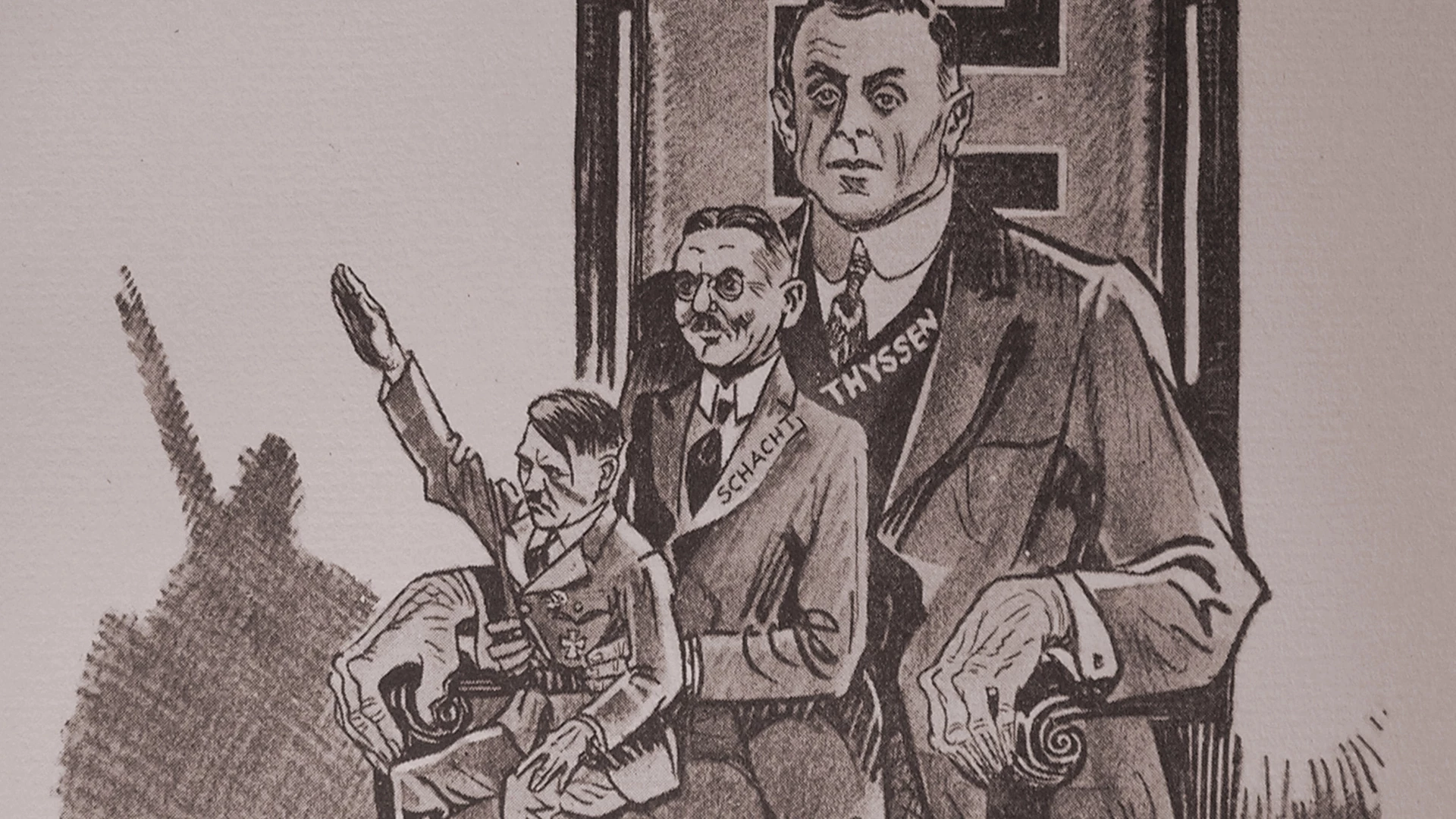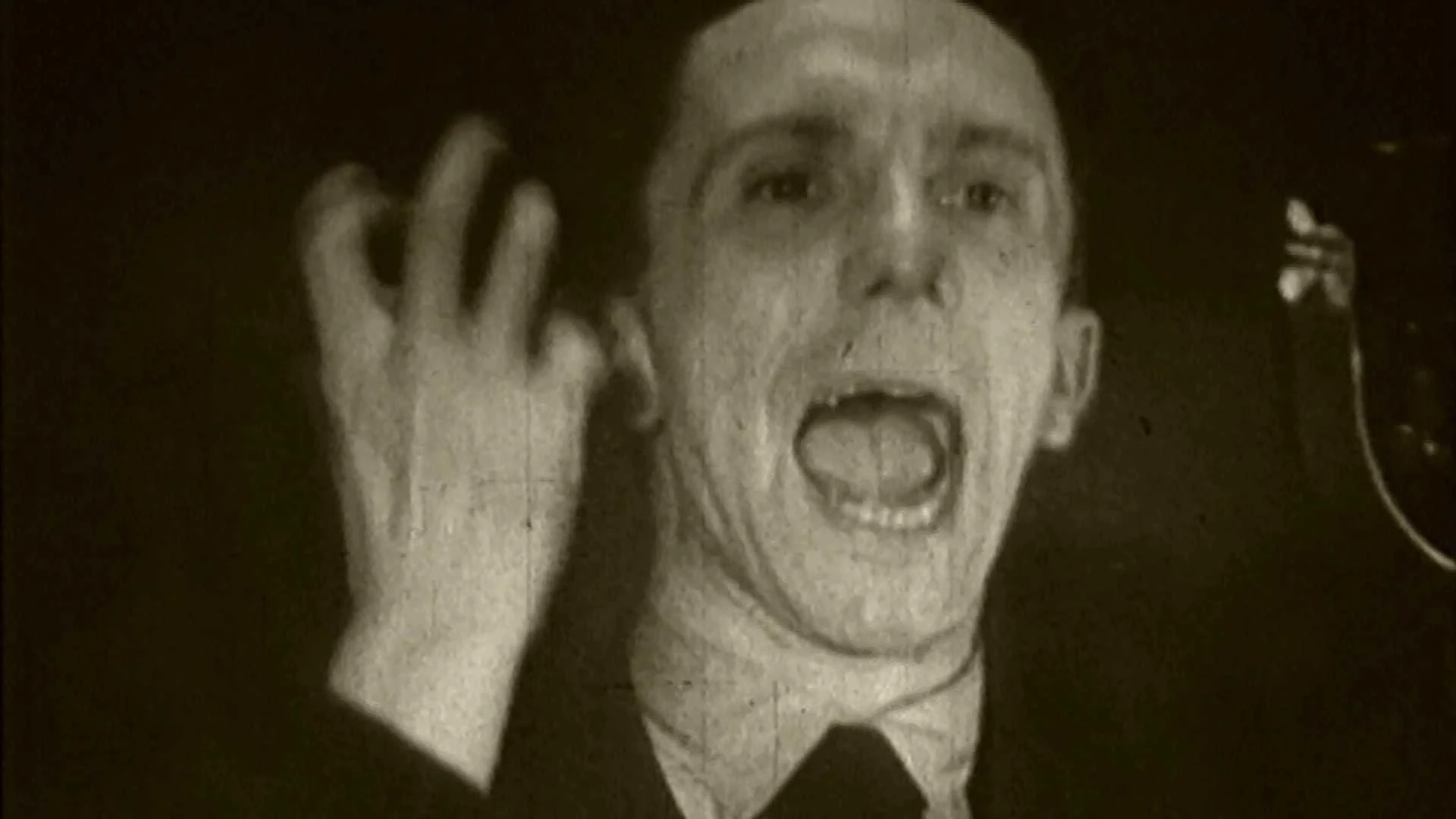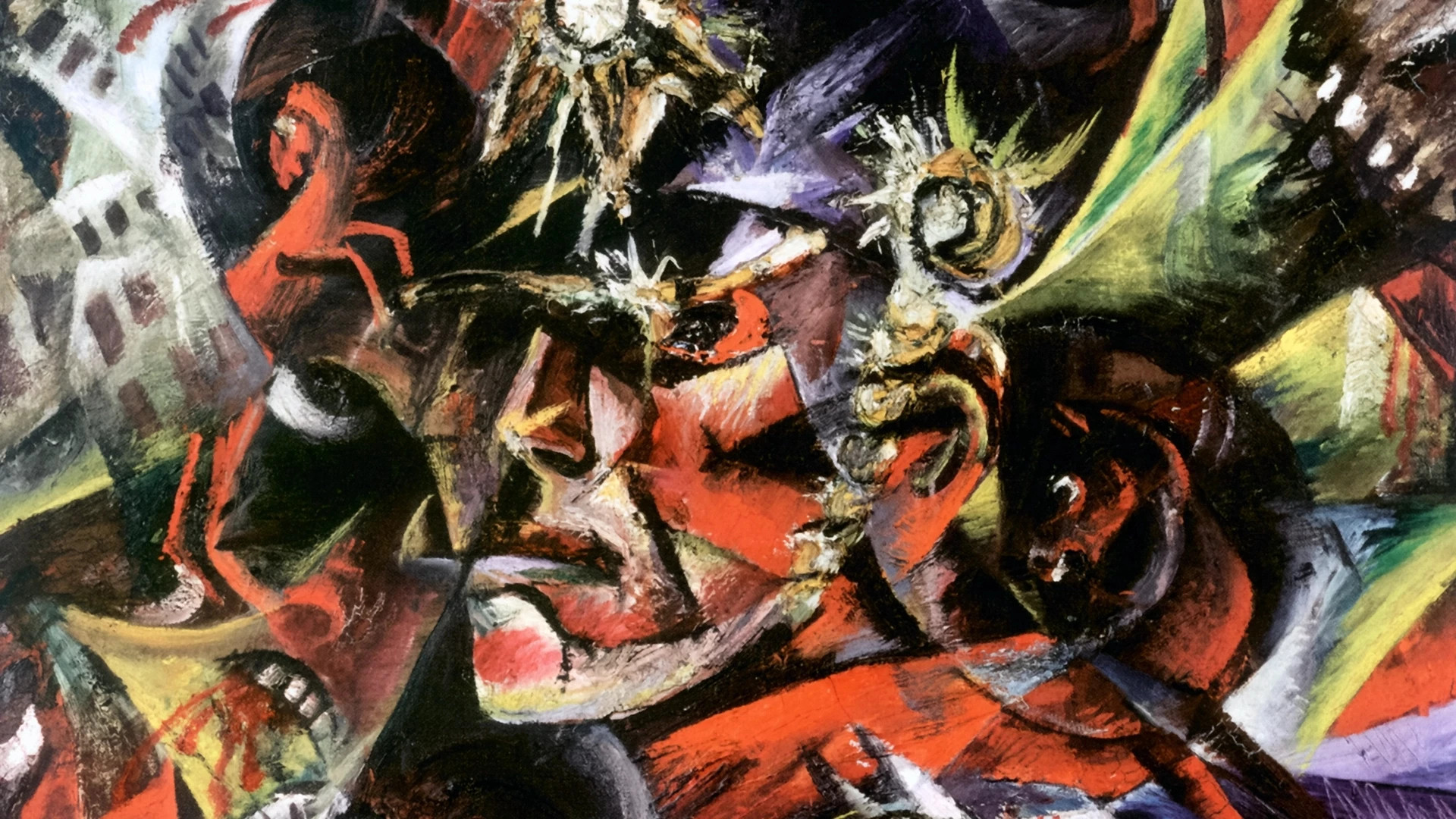20. Jahrhundert: 1914-1945 | Zweiter Weltkrieg
The Holocaust
The Wehrmacht’s invasion of Poland in 1939 is marked by brutal excesses against the Polish population. Jews in particular are tortured and rounded up in ghettos. It is the prelude to the systematic killing of Jewish people in Europe that begins in 1941. Accompanying the invasion of the Soviet Union, police and SS task forces carry out mass shootings and later also gassings behind the front. The end of 1941 marks the beginning of deportations to the concentration camps in the East. The killing has long since begun when the organisational details of the "Final Solution of the Jewish Question" are discussed at the Wannsee Conference in 1942. Above all, as the largest concentration and extermination camp, Auschwitz becomes synonymous with industrial mass murder. Here alone, more than a million people meet their death. In total, about six million Jews fall victim to the Nazi racial fanaticism.
mehr
weniger
jews, Judaism, anti-Semitism, antisemitism, propaganda, campaign, terror, ghettos, Warsaw Ghetto, Auschwitz, concentration camps, Janusz Mlynarski, persecution, Russia, Wehrmacht, habitat, police, SS-units, SS units, SS- task forces, SS task forces, mass executions, women, work service, pogrom, Wehrmacht soldiers, crimes, civilian population, Annette Schücking-Homeyer, final solution to the Jewish question, racist mania, murder, Gestapo, deportation, Reichsbahn, extermination camps, Heinrich Himmler, Sinti, Romani, Soviet war captives, SS-doctors, gas chambers, work camps, extermination through work, industry, Holocaust, industrial mass murder, special units, medical researches, medical experiments, twins, Zyklon B, crematorium ovens, crematoria, Red Army, liberation, death march, memorial site, place for learning, racism, xenophobia, victims, Gunter Demnig, memories
Geeignet für die Fächer:
Geschichte
Empfehlung der Medienbegutachtung Baden-Württemberg für den Geschichtsunterricht


